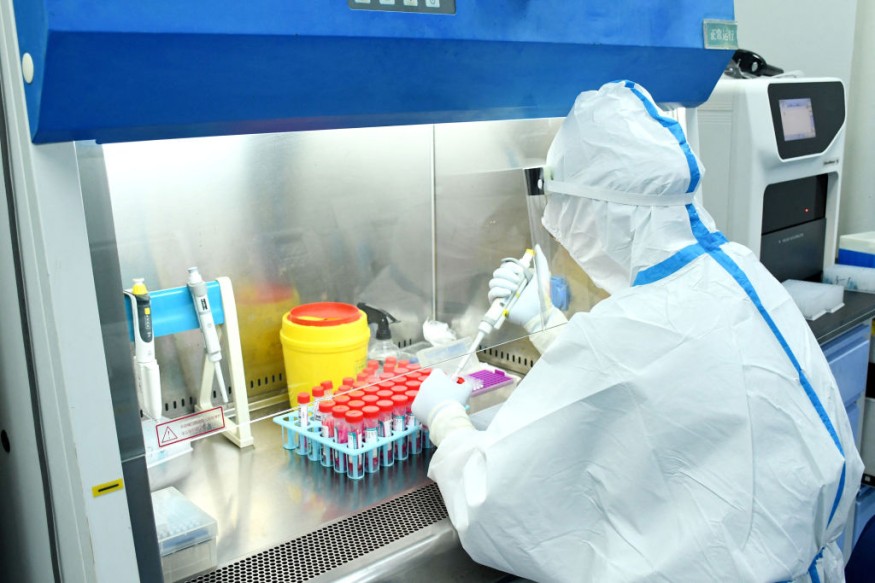The world's deadliest pathogens have been ranked by the World Health Organization (WHO) as part of a new or updated list that has a risk to spark outbreaks or pandemics within the short or long-term future.
The international health body also focused on the mysterious "Disease X," an unknown pathogen which could eventually cause a serious international epidemic in the coming years or decades.
Since the world was halted and placed into a standstill by the COVID-19 pandemic starting in March 2020, health authorities and scientists have been on the race for not only developing vaccines against COVID-19 but also studying lessons that could be taken from the current pandemic.
In particular, the scientific community is making an effort to at least prevent or mitigate the next pandemic.
World's Deadliest Pathogens

According to a news release of the WHO on Monday, November 21, it is releasing a new list of "priority pathogens" that could become the next big one and should be kept under close observation.
The release said the list serves to guide global research and development (R&D) and investment, especially when it comes to vaccines, tests, and treatments.
As part of a new process that started last Friday, November 18, health agency has organized over 300 scientists to utilize evidence on more than 25 virus families and bacteria.
The scientific team will also consider Disease X, a generic name used by the WHO to refer to the next pandemic-level pathogen, whether known or not.
Viral Family Approach
The team will adopt a novel method called the "viral family approach," which allows researchers to identify representative viruses or prototypes within a viral family as a pathfinder in creating science, evidence, and knowledge gap filler that may be applicable to other virus threat in the same family, according to the WHO news release.
In recent years, the WHO said there has been a growing support for the approach as it offers a default or readily-made framework to fast-track research.
In other words, a scientist or group engaging in the study of Disease X or any pathogens would not be required to start from scratch.
Preparing for Disease X
In December 2021, the United Nations (UN) said the Coalition for Epidemic Preparedness Innovations (CEPI) aims for the world to respond to the next "Disease X" with a new vaccine in just 100 days effective enough to fend off the bacteria, virus, or other pathogens behind the theoretically unknown disease.
Prior to the arrival of SARS-CoV-2, the virus which caused COVID-19, previous vaccine-development record averaged a little less than five years, especially for the cases of the live attenuated mumps vaccine.
Still, the explosion of the COVID-19 pandemic has only proven that vaccine R&D and distribution is possible in only a span of several months or less than a year.
However, the road towards creating a universal vaccine or at least for Disease X is not linear.
In the case of the COVID-19 vaccines, they underwent various considerations such as: age, side effects, allergic reactions, and among others, the Centers for Disease Control and Prevention (CDC) said.
© 2025 NatureWorldNews.com All rights reserved. Do not reproduce without permission.





